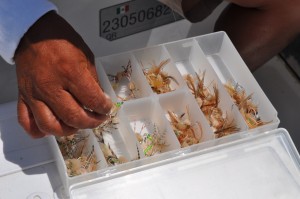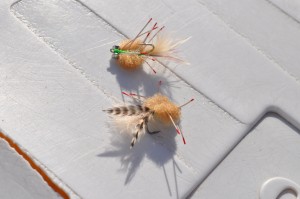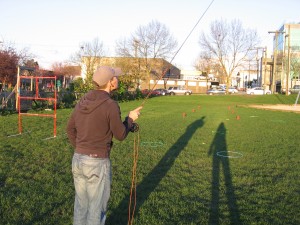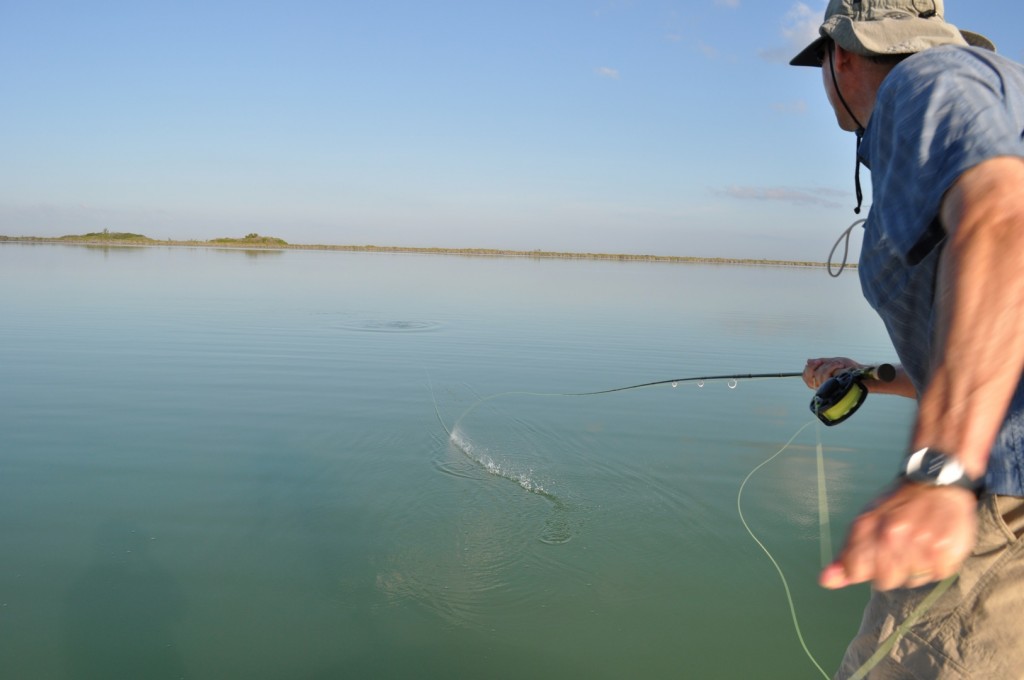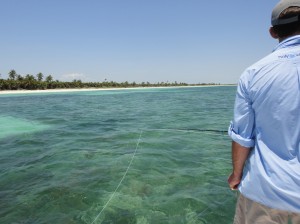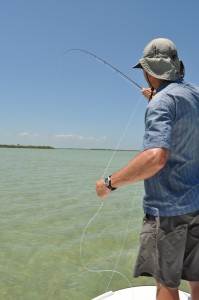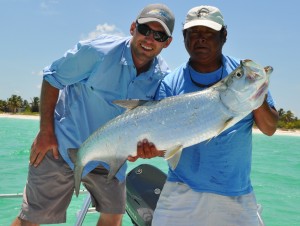…for the first time?! This past March I had the opportunity to head down to Mexico and experience warm saltwater fly fishing for the very first time. The name of the game was permit, bonefish and tarpon.
Luckily my fishing partner is a veteran warm saltwater fly fisherman. He has spent years travelling to world famous destinations such as Christmas Islands, Belize and all over Mexico.
One night about three weeks before our trip he called me, “I think we are terribly unprepared. I have only tied three dozen crab patterns, and have been out casting just two nights a week”. Having never been down south I honestly had no clue what it meant to be prepared for this type of fishing.
As a first time warm saltwater fly fishing experience, this is what I learned. I hope it will help you get ready for that first big trip. Here it goes…
Lesson #1
Research your destination, talk to people who are local experts, and those who have fished it in the past. Having the right gear for the destination is crucial. Often once you have arrived at your location there are no tackle stores, or stores period…so don’t just bring a lot of gear, bring the RIGHT gear.
Examples are the following:
a.) Rod, reels, and line – always bring at least one backup for each setup.
Yes, this is expensive but you will break a rod on your trip. Prepare yourself for this. I broke one of our permit rods by simply putting it back in the rod holders in the boat.
b.) Flies – bring the right ones and lots of them.
Research which flies are THE fly for your destination. Often a guide will only use one style of fly so make sure you bring the right ones. Sometimes the guide will have some flies you can buy off them but depending on your destination this is not always the case. This is especially important for permit.
c.) Clothing – dress for the conditions.
There is nothing more uncomfortable than getting a bad sunburn on your first day. Make sure to layer up on sunscreen, year a goofy sun hat, face sun mask, gloves, light long sleeved shirt and pants, and shoes. If you are prone to burning lather on that sunscreen.
I got a bad burn on the top of my feet after two days of fishing. This was because I didn’t want to wear shoes while fishing. Often line will get caught up under your shoe while casting towards a fish. If you are barefoot it enables you to feel the line under your foot and thus make the cast…so I simply put on extra sunscreen throughout the day.
d.) Bring good polarized sunglasses.
Bring two pairs and buy the best quality lenses possible. Your ability to spot fish will determine how successful you are throughout your trip. This fishery is site fishing so if you can’t see’em you won’t catch’em.
Lesson #2 – mucho, mucho importante
Practice your casting with the rods and lines you will be using for the type of fishing you will be doing. Make sure you have good control of your double haul and are confident casting in the wind. I remember after my trip telling myself, “Man I wish I worked on my casting more”. The conditions are simply something you have to experience in order to comprehend. Casting with a stiff crosswind to a tailing permit 60 feet away is about the most never racking experience ever and will humble you as a caster!!!
If you do not have experience double hauling contact the local casting expert and schedule at least two lessons prior to your trip and focus on this technique. Why is the haul so important? It enables you to power your line through windy conditions and helps to turn over weighted flies with a long leader used for permit and bonefish. Turning over your fly is crucial to making good presentations and thus catching grande permit/bonefish.
Pacific Angler is offering a Warmwater Boot Camp. Click on the link below to view the details.
Here are some other fishing specific lessons:
1.) Practice your strip-hook set and make it become second nature. You do not set the hook by lifting the rod tip. Always strip-hook set and do it hard.
2.) Develop your fishing routine. I found that if I kept my rod at 9 O’clock all the time it made as a good reference point for spotting fish. When your guide spots a fish he will indicate the direction by giving you “1 O’clock or 10 O’clock” and the distance. You must then calmly, yes calmly, spot the fish first, determine the direction it is travelling and then cast to the fish, making sure to lead it. Then listen to your guide and do what he tells you…easy right!
3.) Stripping…practice stripping the fly at home or throughout the day of fishing. You want to have continuous strips that do not put slack into your line (ie. stripping hard and stopping abruptly will put slack into your line). This can result in strikes that are not detected because of unnecessary slack.
4.) Keep your line hand away from the reel when a fish takes and is taking slack line. My fishing partner lost a 20 lb permit because the line got wrapped around his reel. It was truly a moment of disappointment. You work hard for your fish so you do not want to lose it by having your line foul around your reel or rod.
5.) Get your fishing partner to help you spot fish, handle your running line, and give you a beer.
If you are heading down south this winter for your first warm saltwater experience please do not hesitate to drop by the store. We love helping out fellow anglers and making sure you are well prepared for that dream trip. I also hope you found this short article helpful.
All the best,
Dave




